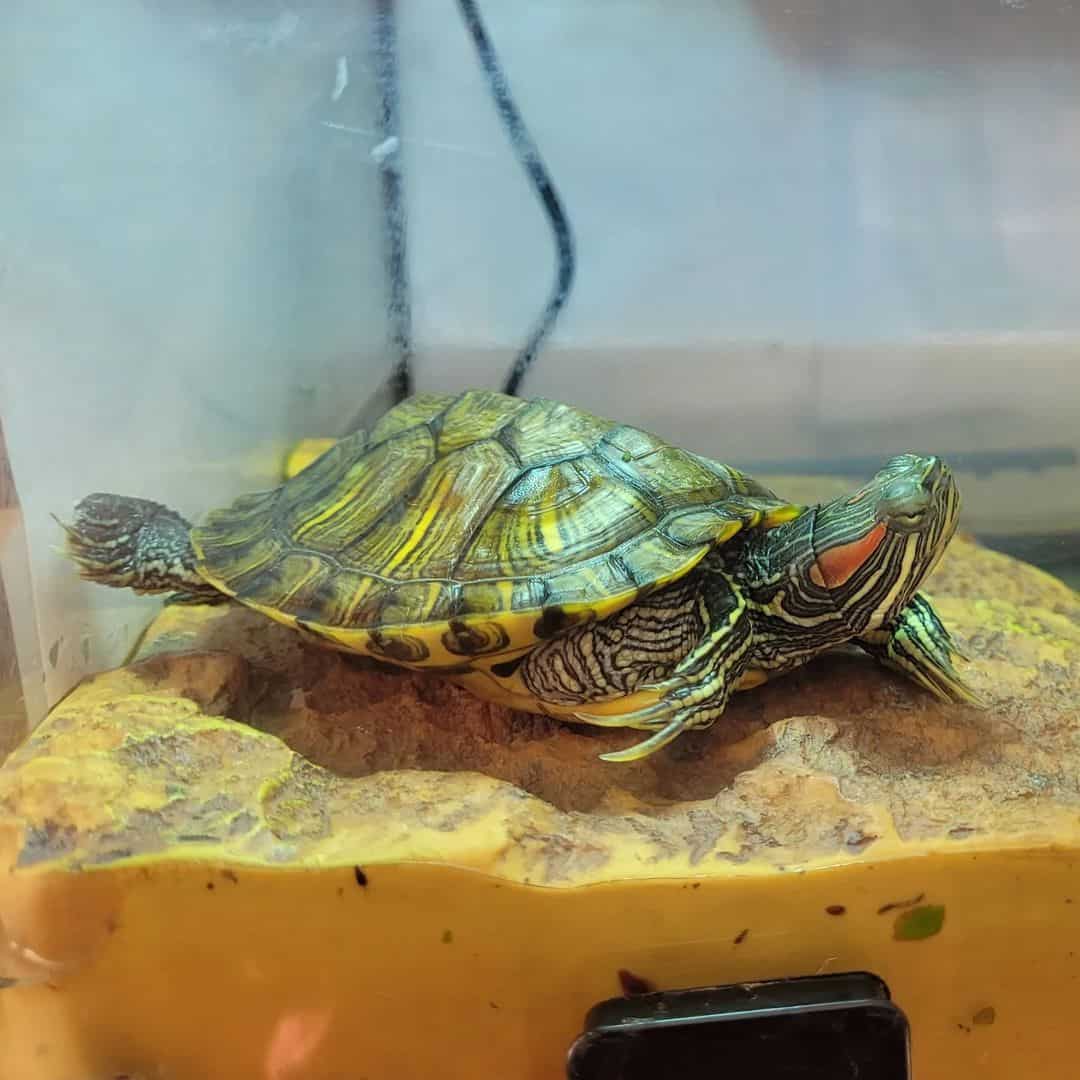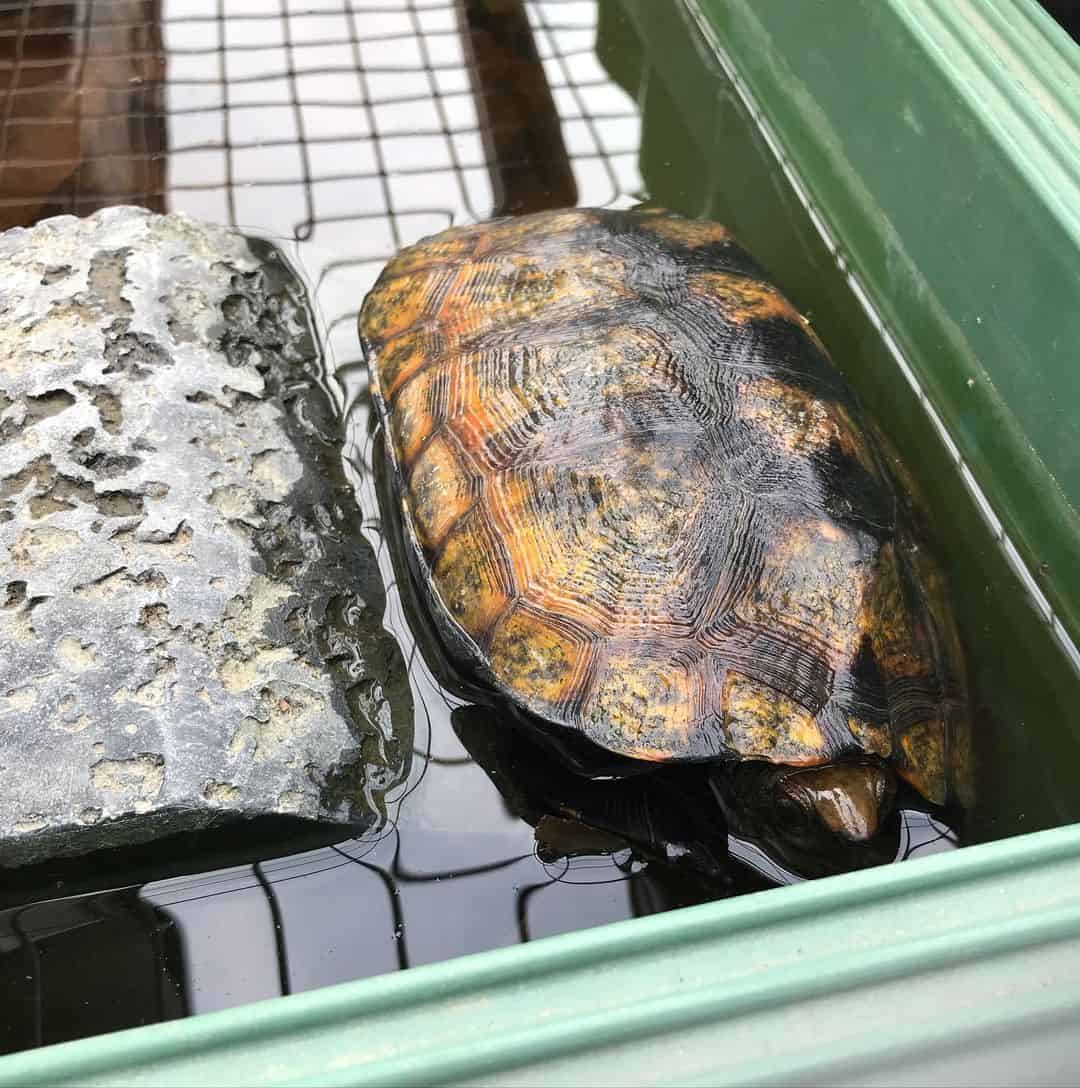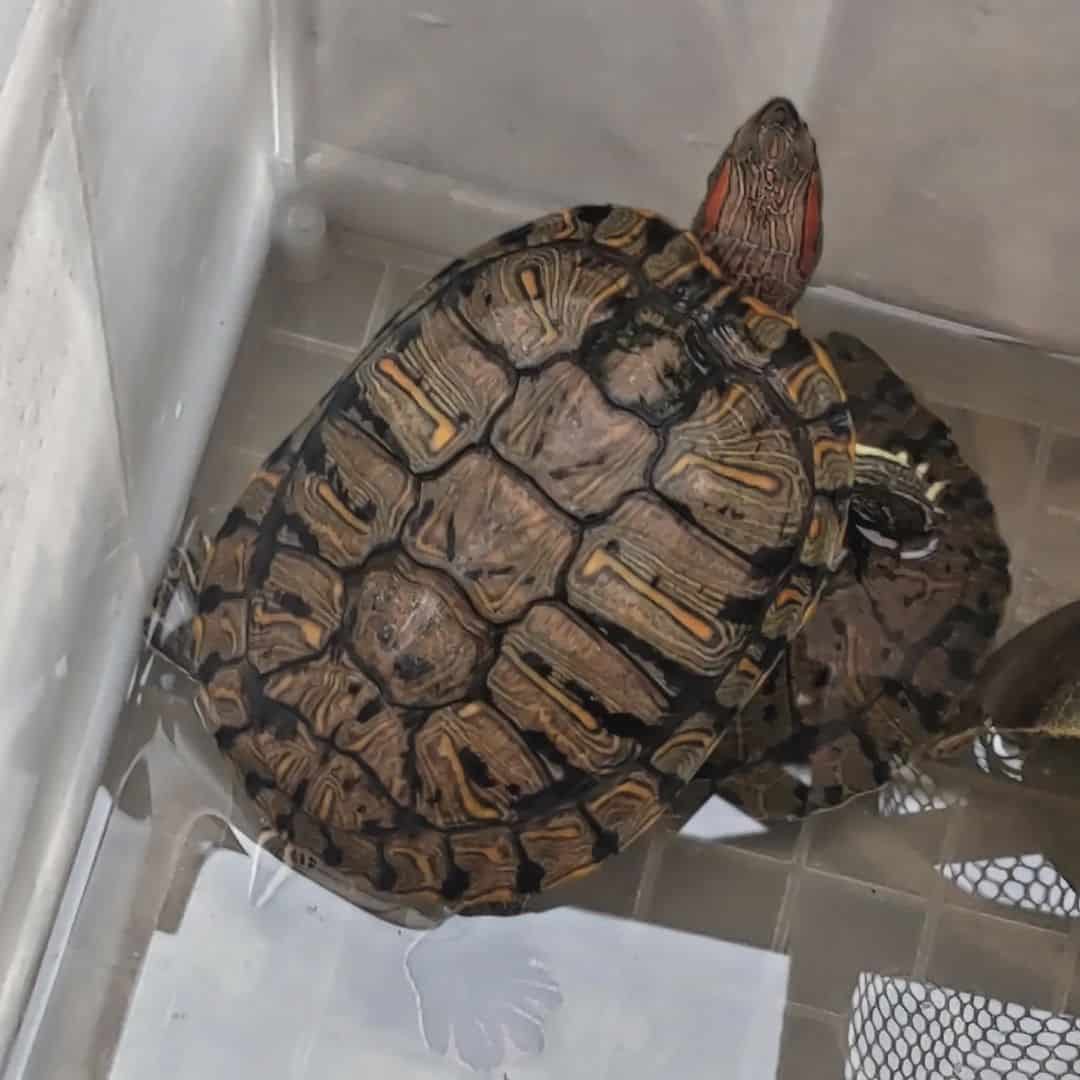Becoming a pet turtle owner is no mean feat. There are several aspects of caring for your turtle that will surprise you. But while you may not mind the cost and hassles of owning a turtle as a pet, it is usually challenging to tell whether you have a male or female turtle.
Unless they lay eggs or you find your turtle incubating some eggs, you may not know how to identify its gender. So, how do you tell if your turtle is male or female? It is not an easy task, but it is also not impossible, and this article will help you tell a turtle’s gender.
Identifying Male and Female Turtles
If you buy your pet turtle from a breeder, it may be easy to determine the gender from the word go. However, this is not always the case, as not every breeder is there during incubation and hatching.
Otherwise, they can tell from the incubation temperature whether the eggs produce male or female hatchlings. Turtle eggs need warm temperatures to incubate and hatch correctly and quickly. If the weather or surrounding temperature is cool, it may take longer for the eggs to hatch.
Also, cool temperatures during incubation mean only male turtles will hatch. You are likely to get female turtles if the eggs incubate in warmer temperatures.
However, if the seller is not the breeder or did not observe the incubation period, there are other ways to tell whether your turtle is male or female. Some turtle species make it easier to tell the difference than others.
Using Characteristics to Distinguish Sexes in Turtles

If there is no other way to tell whether your turtle is male or female, you can use some physical characteristics to differentiate them. Before doing that, you will need to have several turtles to compare. So, look at the following distinct differences to check your turtle’s sex:
1. The Tail
Every turtle has a tail; it does not matter whether it is male or female. However, a female turtle’s tail is shorter and skinnier than her male counterpart. If you have two turtles, compare the tails to see if you will notice this marked difference in the tail length.
Male turtles have their cloaca or vent located close to the end of the tail, which is not something you will find in female turtles. In the female turtle, the cloaca looks like a rounded star and is much further from the tip of the tail than the male’s cloaca.
Sometimes, it may look like it is hidden by the shell. In addition, check the end of a turtle’s carapace for a V. Male turtles have this V-shaped notch to tuck in their tails when they are mating.
2. The Nails
The claw length or nails of any turtle can tell you whether it is male or female. If you have never observed this characteristic in a turtle, you can check the nails of your pet to see how long or short they are.
Male turtles typically have longer claws on their front feet than female turtles. You will notice that some male aquatic turtle species, including the red-eared slider species, have pointedly long claws. The female species do not have noticeable long claws on the front legs like the males, but there are reasons for this.
Males use their long nails when they want to attract females to mate. And during mating, they grasp at the females’ upper shells with those front claws. Additionally, the males use the nails as weapons when they have to defend their territory.
You must have different turtles to compare before you can make an informed decision. The reason is that every turtle, male or female, has defined nails. So, you cannot tell what is long or short except there are different animals to check.
3. The Shell

The shell of a turtle is one of the first things you will notice. Sometimes, you may not even know it is a turtle until you kick the shell. But you can examine it to determine if you are looking at a male or female turtle.
Female turtles typically have longer shells or carapaces than male turtles. This is not a foolproof way to differentiate one gender from another because the difference in length is not significant. However, it becomes clearer if there are several male and female turtles to check.
Besides, this method of sex identification does not apply to all turtles. The difference in the shells is only obvious when the turtles attain full adulthood. So, if you are trying to identify the gender of your baby turtle, it may not be so easy using this method.
4. The Shape and Size
Did you know that female turtles are the larger ones? Male turtles appear smaller than their female counterparts, but you cannot tell this until they reach sexual maturity. While age is a primary determiner of the size of a turtle, the food it eats can also increase its size. So, it can get confusing sometimes, although most species have larger females and smaller males.
In some species, such as the sulcata species, the males grow bigger than the females. They may reach about 200 pounds as full adults, while the females stay at about 100 pounds. In other species, such as sea turtles, the males and females may grow to be the same size.
That means this method may not be as reliable for checking gender as others may be. It may work if you know the turtle species you own, although it is not always easy unless the seller knows the species or you have prior knowledge.
5. The Plastron

The plastron is the shell’s underside, and you will find it covering a turtle’s belly. You can tell the gender of your turtle by checking the plastron, but this method is not the easiest to use. The reason is that turtles are not the friendliest when you touch them; they may want to bite you.
Turning them over may be a little difficult, especially if you have never done it before or handled a turtle. However, you can grab it by its tail and gently lay it on its back. Then, you can observe the plastron to see if there is a difference between two or more turtles.
A female turtle typically has a flat plastron, while a male turtle has a concave plastron. The reasons for the different plastron shapes lie in reproduction. The female turtle has a flat plastron to accommodate the eggs she carries.
The shape of the plastron on the male turtle helps it fit comfortably over the female when they mate. That way, he does not fall off the female. The color of the underbelly may also help you identify the gender.
Take this opportunity while the turtle is on its back to check the color shade of the underside of the shell. If it looks blue, you may have a male sun turtle. But if the color does not look blue, you probably have a female sun turtle.
6. Specific Features
Some features in specific species make it easy to tell whether you have a male or female turtle. A good example is the American box turtle. If you closely observe the male box turtles, you will find that they have yellow or red eyes.
The females may have brown or yellow irises. Also, check the dome of your turtle; if it appears short and oval, it is likely a male turtle. But if it appears rounded and high, it may be female. Like all the other methods, it may be difficult to check and determine gender using eye color or dome.
Combine Methods
To get a reliable result from checking the sex of a turtle, it is best to combine different methods. No particular one is reliable enough to help you decide the gender, but using three or four of them will go a long way. If possible, use as many as you can manage.
If your observation directs you toward one conclusion after combining several methods, you can rest assured of the correct answer. Otherwise, look for an expert or trained hands to guide you for a more accurate result.
Conclusion
Knowing how to tell if a turtle is male or female is crucial for breeders and pet owners. If you are new to owning pet turtles and have more than one, you may want to know if they will lay eggs or if you have the same gender.
You can check the shell’s length or the shape and size of the turtle. Females are generally bigger than males, although there are some exceptions based on species. But you can also check the cloaca, plastron, and nails. Males generally have longer claws than females.
Finally, combining different methods is ideal for the best results. But if unsure, let an expert breeder check and determine whether the turtle is male or female.
